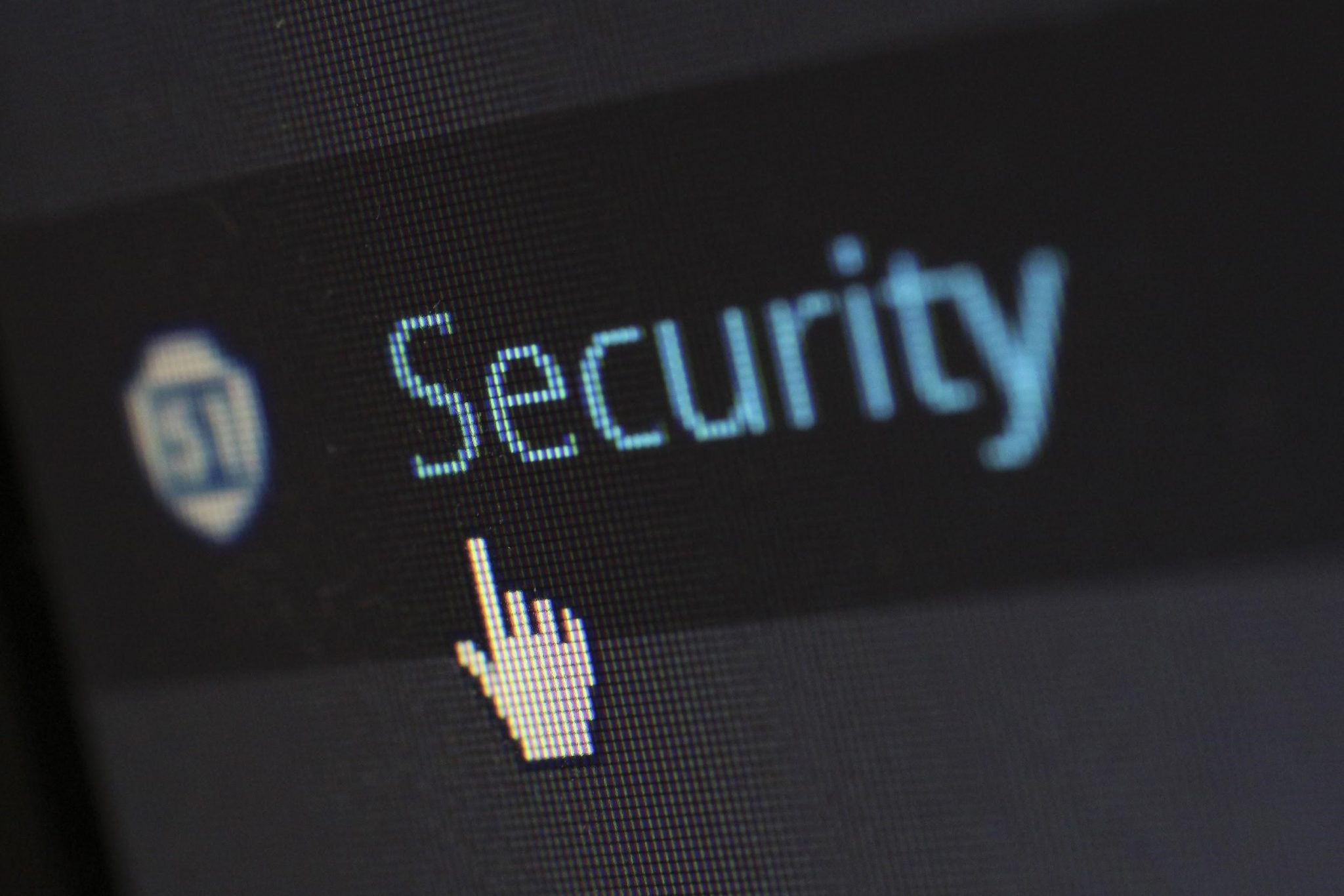Welcome to The SaaS Security Checklist

In 2021, SaaS applications and the role they have played in the smooth transition to remote work doesn’t need to be respecified. However, SaaS systems have a requirement wherein the firm’s required to store their data in the service provider. Once outside the company network, there’s definitely an added layer of risk both in transit and when at rest.
There could also be legal complications that arise out of the blue by accessing SaaS solutions that are free at first sight. This is why companies need to have a clear set of guidelines regarding SaaS application security
Elements of a Saas security checklist
Here are a couple of things you need to verify when conducting a security audit for your SaaS application:
1. Reviewing the access and security information provided by your SaaS provider
There are a couple of questions you need to ask at this stage.
- Will your SaaS provider have access to the data stored on the systems? The right answer should be no, and they should take steps to make sure that they are not able to read the data.
- Recheck the documentation published regarding security and privacy Here, you get a better idea of the steps taken by the provider to ensure security and optimal protective measures.
- Inclusion of end-to-end encryption for providing a basic level of security. This is suggested since decryption can only happen with a locally stored key on the team’s machines. Such a step will allow you to skip past any major liabilities in terms of compromised security that may occur in the future.
2. Ensure you meet all compliance requirements
There are different international standards and data protection rules set in place for various industries. Sometimes, data protection laws require that customer information is stored within a country’s borders.
Other international standards such as ISO 27000 and SOC2 may also be required for secure information management. These standards are important because they ensure that a certain set of security controls are in place and third-party handling of data is done securely.
3. Technology auditing
- There should be optimal security for data both at rest and in transit, which is the responsibility of the technology employed. End to end encryption is one way keeping the data safe when there’s communication with the software or when stored on servers.
- Review user roles and permissions to access data at this stage. Sometimes, different access levels are required at different stages and fundamentally, people should only view what they require. It’s also recommended to check if the creation of user roles and different permissions is easily done.
- What authentication features and security barriers are implemented? When placing such protective measures, both security and user comfort should be kept in mind. Security should be relieving and not a burden to the user.
- Overall ease and implementation of security barriers should be tested. An individual as an IT administrator should be able to manage a small to medium group efficiently. Protective tools shouldn’t be outdated or tiresome, but efficient and smooth so that users or employees aren’t left discouraged.
4. Secure deployment practices
There are two options available under this category – cloud and self-hosted deployment. Under the cloud, the vendor itself provides security strengthening measures such as data segregation and protection, infrastructure hardening, etc. For self-hosted, you’re responsible for protecting the system against SoS attacks and network hacking attempts. The strategy revolves around constant integration, safe deployment (ideally automated), and delivery of services.
5. Regular and automated backups
For every online application, service, or system, a clean and functioning backup taken at regular intervals for maximum coverage should be available. It’s a simple safety measure that will ensure your business doesn’t get disrupted and ensures faster recovery. At extremity, if a security attack leaves your data destroyed and processes disrupted, this backup will be your lifesaver.
6. Implementing a Secure Software Development Life Cycle (SDLC)
In this, you can enlist a series of security activities that will be utilized during the entire development cycle. A variety of practices are covered under this such as proper coding practices, threat modeling for handling future security risks, vulnerability assessments and penetration testing, etc. This implementation process allows one to detect issues at each stage and resolve them before moving forward for production.
7. Using security controls judiciously
There are a variety of security controls that are provided for every SaaS application for better functioning:
- Prevention of data loss
- Encrypting data + producing tokens
- Inspection of offline resources
- Advanced protection against malware
- Real-time detection of threats (proxy-based)
- Logging limits and general supervision
- Under Identity and Access Management (IAM):- 2-factor or multi-factor authentication, rules on password creation, privileged access, and other access controls.
SaaS applications are the future of business and customer relations, so we at Astra Security are working to offer the best we have so that you can remain on top!





